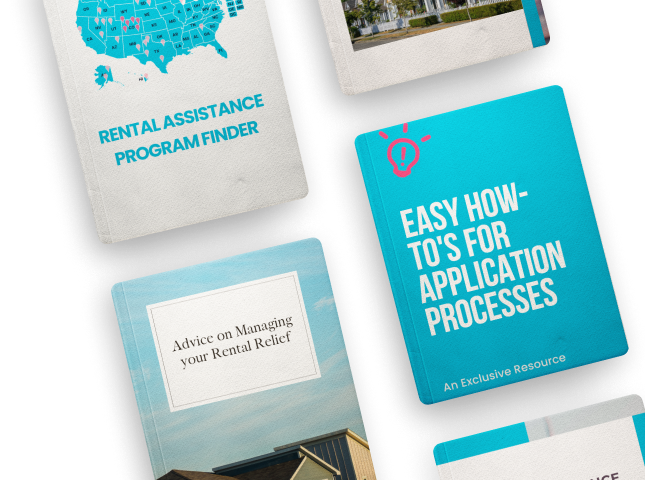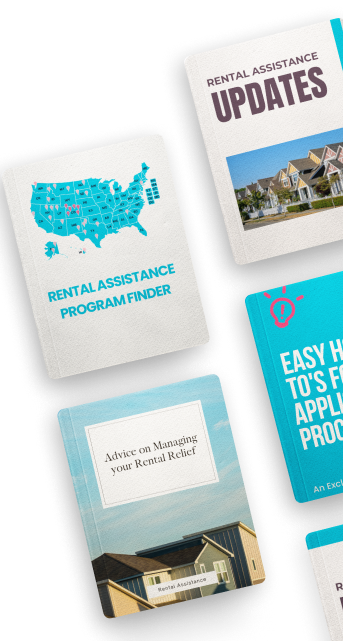Rental Assistance Programs: Supporting Housing Stability and Affordability
Renting a home is a common housing choice for millions of individuals and families across the United States. However, affording the rising rental housing costs can be a significant challenge for some. Rental assistance programs support housing stability and affordability for low-income households. This article will explore the importance of rental assistance programs, their impact on communities, and how they contribute to a more inclusive housing market.
The Need for Rental Assistance
As housing costs continue to escalate, many low-income individuals and families find it increasingly difficult to secure stable and affordable rental housing.
According to the National Low-Income Housing Coalition, there is no state in the U.S. where a full-time minimum-wage worker can afford a two-bedroom rental unit at the fair market rent without spending more than 30% of their income on housing costs.
For this reason, rental assistance programs are crucial in bridging the affordability gap and preventing homelessness among vulnerable populations.
Types of Rental Assistance Programs
Rental assistance programs come in various forms, each tailored to meet the diverse needs of renters. Some of the most common types include:
The Housing Choice Voucher Program, commonly known as Section 8, is a federally funded initiative that provides rental assistance to eligible low-income families, seniors, and individuals. Participants receive vouchers subsidizing a portion of their rent, allowing them to choose rental housing in the private market. This program offers flexibility and empowerment for renters, promoting housing choice and mobility.
Project-Based Rental Assistance (PBRA) is a program in which subsidies are tied to specific rental properties rather than individuals or families. Property owners reserve a certain number of units for eligible low-income renters and receive financial assistance to offset the cost of providing affordable housing. PBRA ensures that a percentage of units in a property remains affordable for the long term.
The Low-Income Housing Tax Credit program is a partnership between private developers and government entities aimed at increasing the supply of affordable rental housing. Developers receive tax credits in exchange for building or rehabilitating housing units designated for low-income renters. LIHTC plays a critical role in expanding affordable housing options in communities nationwide.
The Impact of Rental Assistance Programs
The positive impact of rental assistance programs extends far beyond providing affordable housing to individuals and families. These programs contribute to a range of social and economic benefits:
Rental assistance programs offer stability and security to renters by ensuring that they have access to a safe and affordable place to call home. Stable housing is a foundational element for individual well-being and serves as a platform for education, employment, and overall life success.
Rental assistance programs are especially crucial for vulnerable populations, including seniors, individuals with disabilities, and families with young children. These programs offer a safety net that protects these groups from housing instability and homelessness.
Rent-to-Own Advice: Making Informed Decisions
While rental assistance programs are vital for supporting affordable housing options, another option that some renters explore is rent-to-own agreements. Rent-to-own arrangements allow individuals to rent a property with the option to purchase it later. Here are some key considerations and advice for those considering rent-to-own:
Before entering a rent-to-own agreement, carefully review the terms and conditions with the property owner. Understand the timeline for purchasing the property, the purchase price, and any additional costs or fees associated with the arrangement.
Before committing to a rent-to-own property, conduct a thorough inspection of the property to identify any necessary repairs or issues. This step is essential to avoid potential surprises and ensure the property is in good condition.
Rent-to-own agreements can be complex legal contracts. It's advisable to seek legal advice before signing any documents to ensure that your rights and interests are protected throughout the process.
If you plan to exercise the option to purchase the property at the end of the rent-to-own term, make a concerted effort to save for the down payment and closing costs. Having a sufficient savings reserve will strengthen your position as a potential buyer.
While rent-to-own can be an appealing option, it may not be the best fit for everyone. Explore other affordable housing options, including those supported by rental assistance programs, to determine what best aligns with your financial situation and long-term goals.
Conclusion
Rental assistance programs are essential tools in addressing the pressing issue of affordable housing and providing stability to low-income households.
These programs play a pivotal role in creating thriving communities by supporting housing affordability and inclusivity.
For those considering rent-to-own agreements, careful consideration and understanding of the terms are crucial in making informed decisions about this housing option.












